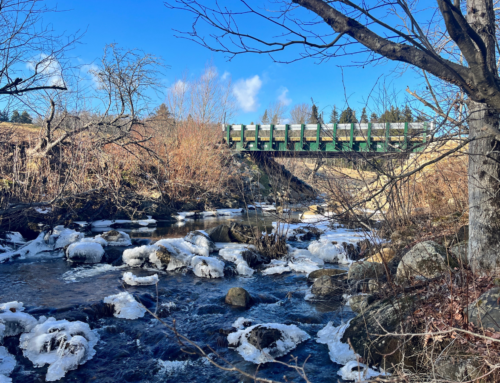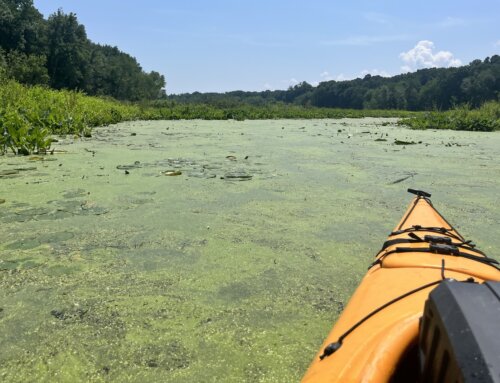GREENFIELD, MA. DECEMBER 21, 2009. It was Saturday morning, October 3rd, Source to Sea Cleanup Day at the Connecticut River Watershed Council. Things weren’t looking good. “We had thousands of people signed up and ready to go,” says Chelsea Gwyther, CRC’s Executive Director. But, for the first time in over 5 years, weather in the 410 mile-long Connecticut River basin on the day of the Cleanup was dismal. There were downpours in New Hampshire and Vermont; brooding skies in Massachusetts and Connecticut were harbingers of thunderstorms the National Weather Service had in their forecast. “Cancelling was our absolute last option,” says Gwyther.
Months of community organizing, strategic planning, and materials were already in place for the one-day annual volunteer effort. It all now hinged on the community spirit of river-lovers from four New England states. “We put out an alert to over 100 cleanup groups the night before: we’re going ahead here. Group leaders should make their best decisions based on safety and volunteer cancellations. No one is to work in thunderstorms!’
What happened next surprised almost everyone. The thunderstorms mostly failed to materialize; early morning downpours simply petered out. The bulk of a predicted one- inch rainfall held off until afternoon, “Two out of three volunteers turned out in the face of the rain and mud,” says MA River Steward Andrea Donlon, who did the tallying for the 2009 cleanup sponsored by NRG Energy, “And those 2,132 volunteers did yeoman’s work.” From tributaries near the New Hampshire border with Quebec, to tidewater sites along the Connecticut River’s mouth at Long Island Sound, volunteers from more than 68 groups pulled in 85 tons of illicitly discarded machinery, debris and trash along the basin’s riverbanks. The take included 597 discarded tires.
“There was also a set of dentures,” says Donlon, who notes one issue cropping up again and again in the annual Cleanup—discarded beverage containers, “Thousands of non-deposit receptacles are being tossed out. They clog waterways, sewers, and landfills, and become a source of more pollution.” New York State recently expanded their bottle bill to include water and flavored water marketed in containers smaller than one gallon, “That would go a long way toward addressing a New England-wide problem,” Donlon says, “It would benefit our rivers and conserve energy in the face of climate change.” New York is now guaranteed to receive 80% of the deposit monies collected by companies producing those beverages. Donlon noted that Covanta Energy hauled away several tons of trash and debris in Massachusetts on Cleanup day, turning some of it into energy at their waste-to-energy facility.
# # #
For press information contact:
Chelsea Gwyther, Executive Director, CRC:(413) 772-2020, X 202; cgwyther@ctriver.org;
Andrea Donlon, River Steward:(413) 772-2020, ext. 205, or adonlon@ctriver.org;
David Deen, River Steward NH & VT, at: 802-869-2792, or ddeen@ctriver.org;
Elisabeth Cianciola, Acting River Steward, CT, at: ecianciola@ctriver.org, or, 860-704-0057







